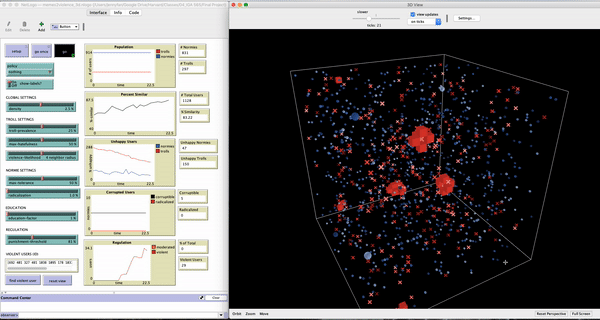About this project
Building on existing theoretical models of jury decision-making, we outline a 5-stage model characterizing the space of design considerations in a digital jury process. We implement two examples of jury designs involving blind-voting and deliberation. From users who participate in our jury implementations, we gather informed judgments of the democratic legitimacy of a jury process for content moderation. We find that digital juries are perceived as more procedurally just than existing common platform moderation practices, but also find disagreement over whether jury decisions should be enforced or used as recommendations.
Download the paper from the ACM digital library or the Digital Juries site [no paywall].
Run-through of the deliberation interface
The experiment takes users through 3 versions of a “jury” interface, including a blind voting scenario and discussion with 6 actual other participants to decide how to adjudicate a case.
The designs for the jury conditions are displayed here, with a “no action” control. The blind voting scenario allows users to drag a slider to set the toxicity score, while the discussion room creates a temporary chat room to discuss the case.
This 5-stage jury model displays the various parameters needed to translate a real-world jury system into an online environment. Factors in this model were varied to create an online experience that could be empirically tested.
As part of the final exploration of the evolution of harmful content in communities, I created an agent-based model simulating social clustering of toxic opinions, modeled and simulated in NetLogo.





